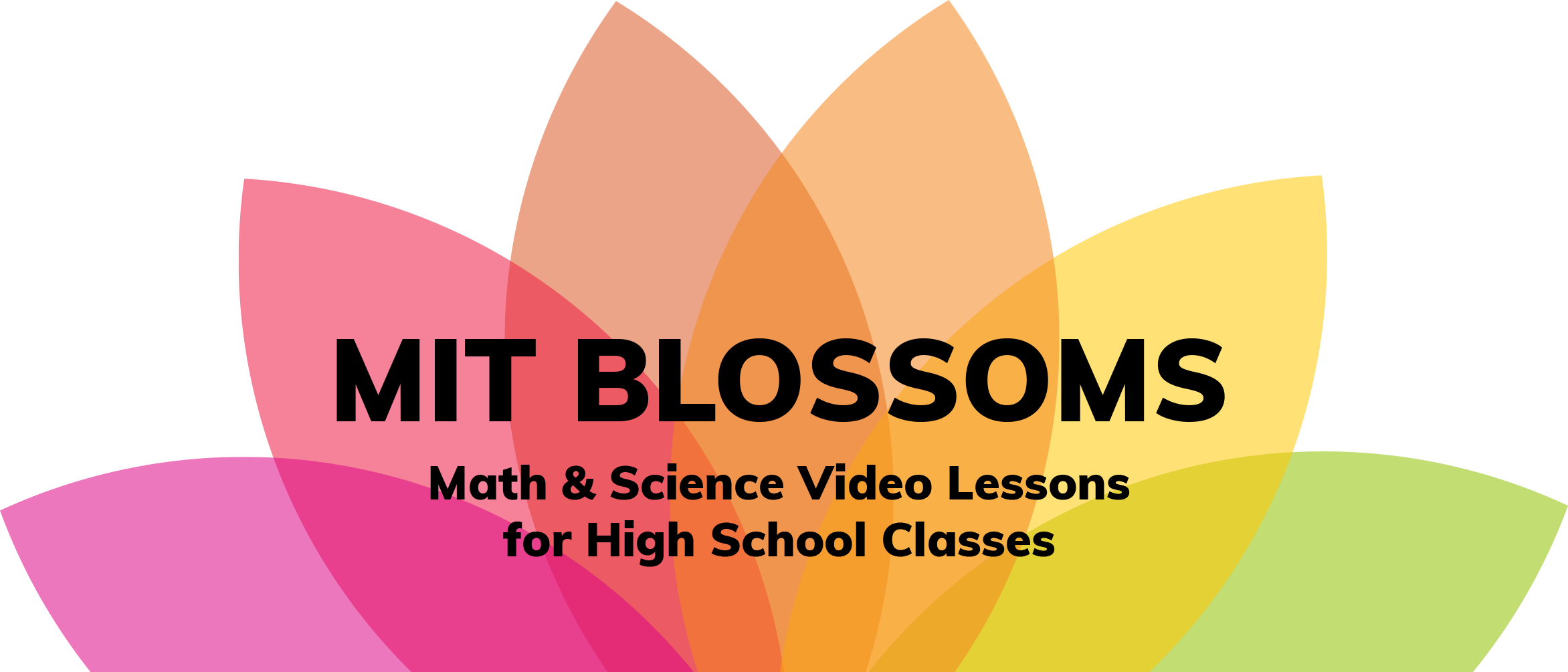This lesson introduces the students to the concepts of correlation and causation, and the difference between the two. The main learning objective is to encourage students to think critically about various possible explanations for a correlation, and to evaluate their plausibility, rather than passively taking presented information on faith. To give students the right tools for such analysis, the lesson covers most common reasons behind a correlation, and different possible types of causation.
During activities, students will practice on real-life examples of correlations, and anecdotal evidence from their own lives to distinguish cases with no causation behind a correlation through cases when examining a correlation can lead to useful insights. One of the interactive activities requires a blackboard or a whiteboard. Alternatively, a large, poster-size piece of paper on an easel or taped to a wall can be used.
There are no prerequisites for this lesson. It is suitable for all high school students, and should particularly benefit older students. The lesson should take about one hour to complete. The recorded video is 27 minutes. There are six activities. Activity 2 requires the most time, of about 10-15 minutes. The rest of the activities are fairly quick and require around 4 minutes each. After the actual video lesson, there is a video Teacher Guide to assist in conducting the lesson.



